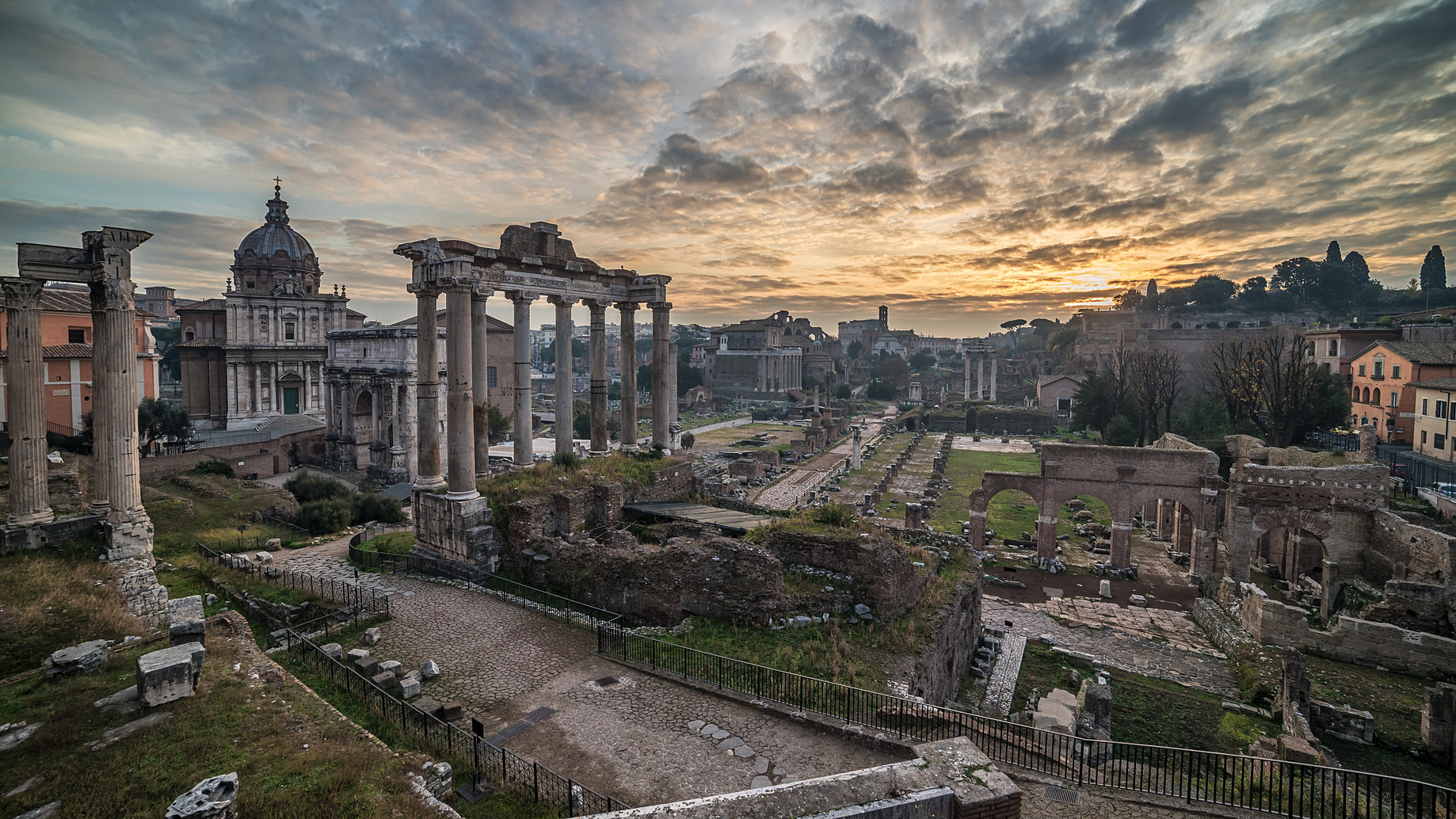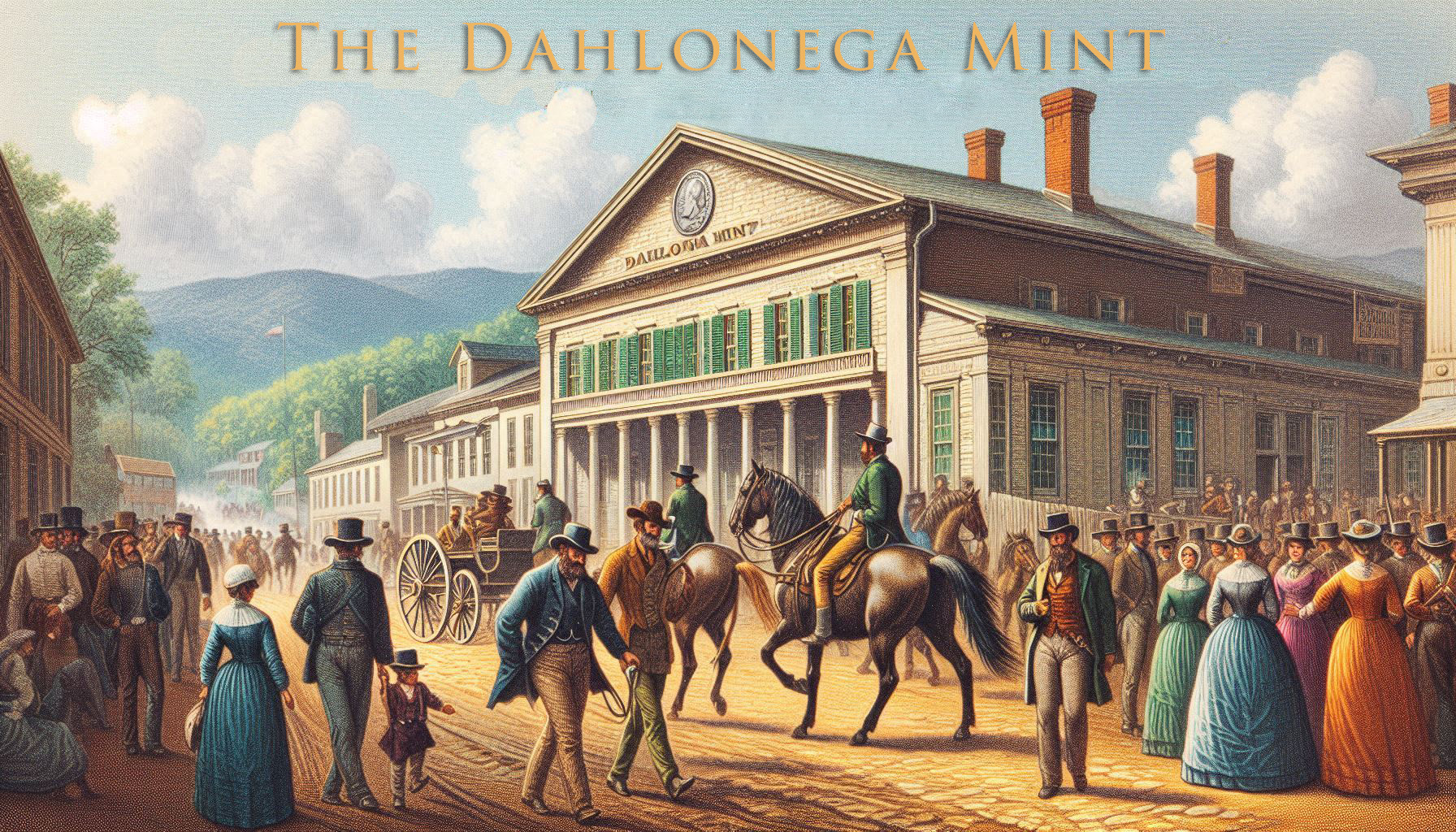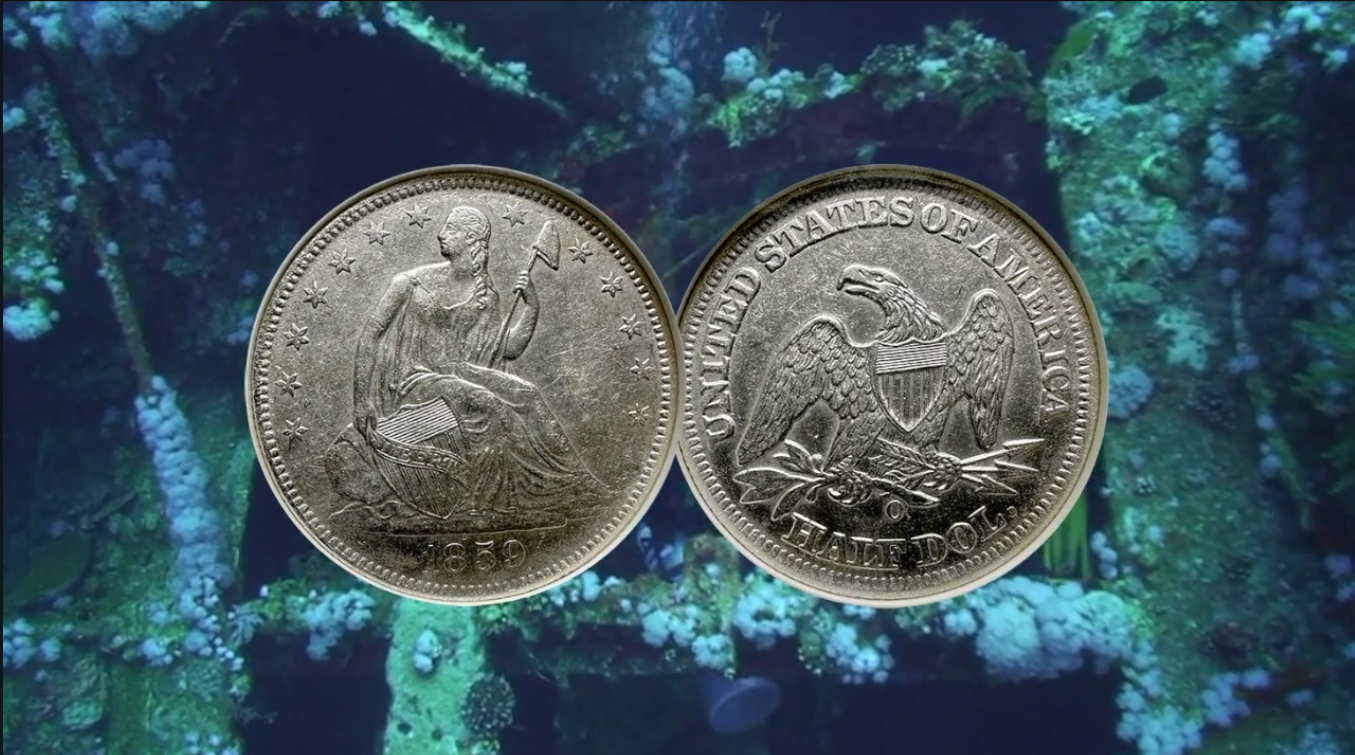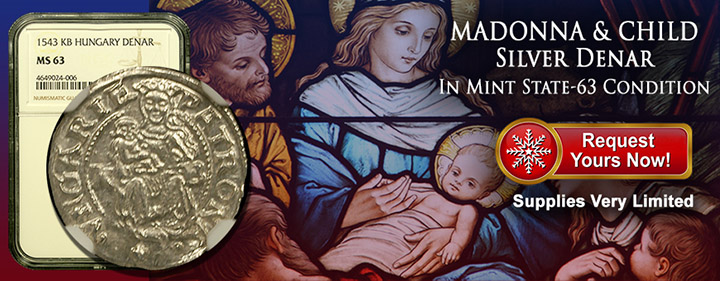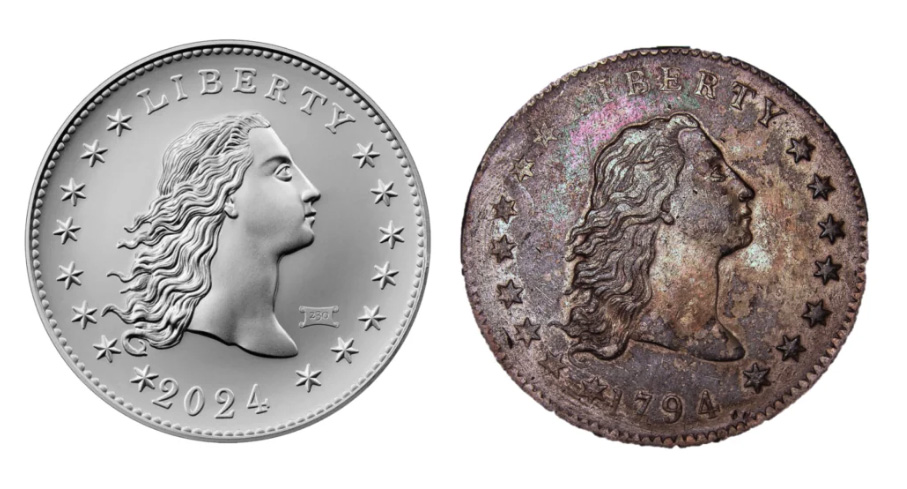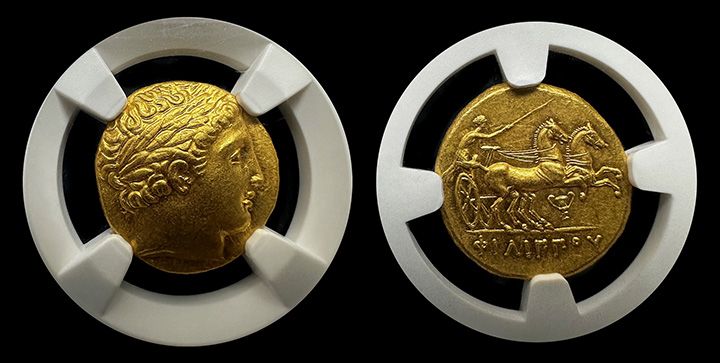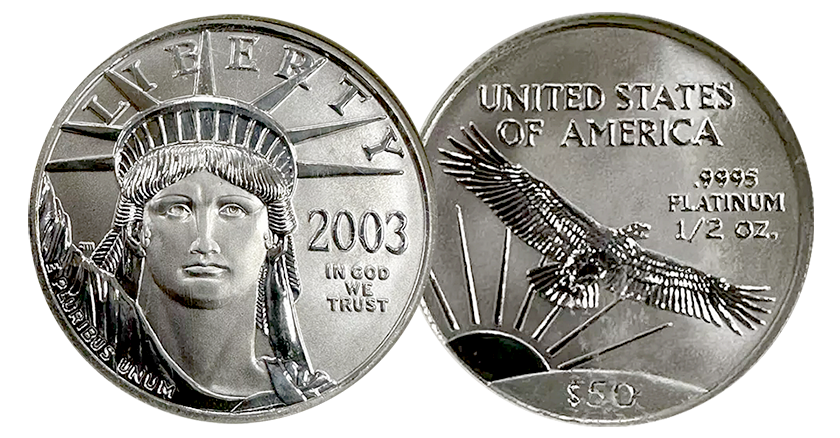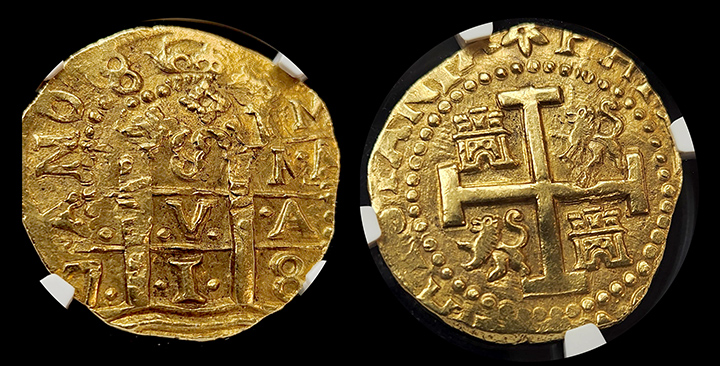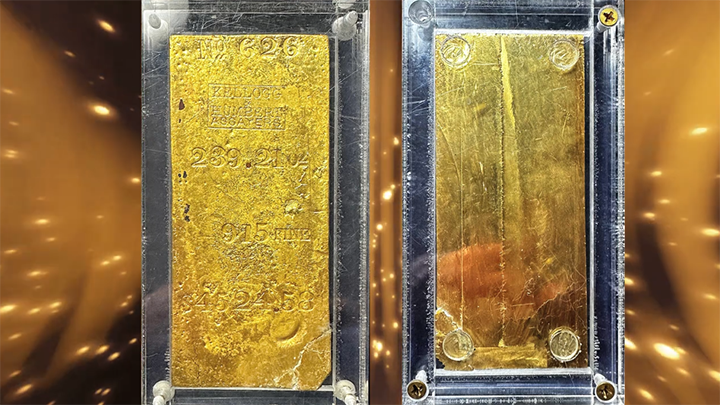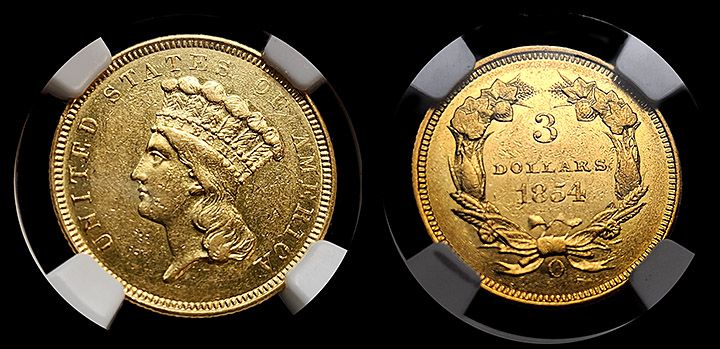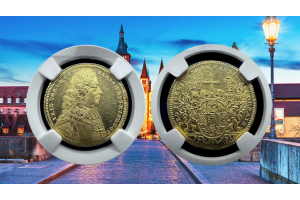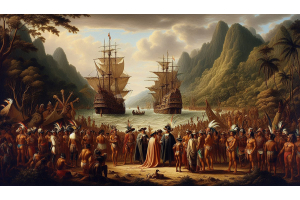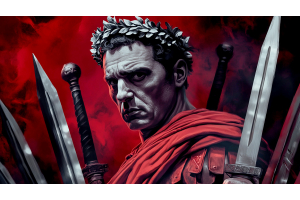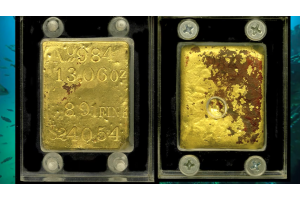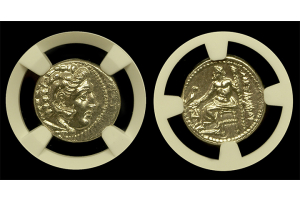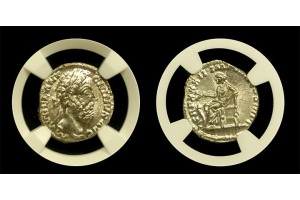Rare US Coins
- Posted: September 08, 2025Read more »
Introduction - Evolution of Glory
Rome transformed the ancient world with its military, law, and culture. Yet one of its most enduring legacies came through its emperors. Their leadership created centuries of expansion, prosperity, and cultural influence unmatched in history as the Western Roman Empire evolved into its glory.
Moreover, Rome projected its power through enduring symbols. Monuments, literature, and government structures carried imperial messages, but none traveled farther than its coinage. Coins carried the likeness of emperors into every corner of the empire.
However, this story does not begin with Rome’s Republic. It begins with the men who destroyed it. The rise of Julius Caesar and his heir Augustus ended centuries of republican rule. Their ambition gave birth to a new system—the empire—that
- Posted: April 01, 2025Read more »
The Rich History of The Dahlonega Mint and Its Remarkable Coinage
The Dahlonega Mint played a crucial role in early American coinage. Established in 1838, it provided a way to turn Georgia’s gold into U.S. currency. During the 1840s, this mint struck some of the most sought-after gold coins in history. Today, these coins serve as a reminder of a fascinating era in American history.
The Discovery of Gold in Georgia
Gold was first discovered in Georgia in 1828. This event sparked America’s first major gold rush, a full two decades before California’s. Miners
- Posted: February 27, 2025Read more »
The SS Republic’s story is about tragedy, discovery, and numismatic wonder. This Civil War-era steamship, lost in 1865 off the coast of Georgia, carried a fortune in gold and silver coins. Among its treasures were half-dollar silver, remarkably preserved despite spending more than a century beneath the ocean. A Shipwreck’s Silver Treasure—these coins link to America's past. Furthermore, it reflects the artistry, commerce, and resilience of the mid-19th century.
The Fateful Journey of the SS Republic
The SS Republic left New York on October 18, 1865. Its destination was New Orleans, carrying
- Posted: December 13, 2024Read more »
Rare Coins in History Related to Christmas
Christmas-related rare coins often carry stories from history, and some of these coins directly connect to Christmas. From ancient times to modern commemoratives, these coins highlight the traditions, legends, and symbols of the holiday season. Let’s explore some fascinating coins tied to Christmas across various eras and cultures.
Coins Associated with the Three Wise Men
The story of the Three Wise Men has fascinated people for centuries. These Magi, likely hailing from regions such as Persia, Arabia, or India, brought gifts of gold, frankincense, and myrrh to the infant Jesus. Gold was not just a gift but also a form of currency. Coins from these regions, such as Persian darics or Arabian shekels, provide a glimpse into the trade
- Posted: November 08, 2024Read more »
The Flowing Hair Silver Dollar of 1794
The year 1794 marked a milestone for the young United States. Additionally, the country was taking its first steps towards a national identity, not only politically but economically. Central to this endeavor was establishing a stable currency, a crucial aspect of independence. One coin stood out: the Flowing Hair Silver Dollar of 1794. This coin was the first silver dollar from the U.S. Mint and symbolized the nation’s early efforts in currency design.
Why the U.S. Needed Its Own Currency
After gaining independence from Britain, the United States struggled with currency instability. At the time, coins from various foreign nations circulated widely, creating confusion
- Posted: September 14, 2024Read more »
Early Life and the Division of the Empire
Philip II of Macedonia, the father of Alexander the Great, was one of the most influential figures in ancient history. His rise to power reshaped the region, and his leadership laid the foundation for a powerful Macedonian state. This blog will explore how he came to power, his key accomplishments, the challenges Macedonia faced during his reign, what eventually happened to him, and how he is remembered today.
How Philip II Came to Power
Born in 382 BC, Philip II was the youngest son of King Amyntas III. Political chaos shaped his early life as Macedonia faced external threats and internal instability. After the death of his brother, King
- Posted: August 19, 2024Read more »
A Brief History
The introduction of Platinum American Eagles marked a significant moment in numismatic history. Before their release, platinum coins were not widely available in the United States. The U.S. Mint recognized the growing demand for platinum and decided to produce these exceptional coins. Consequently, collectors and investors had a new avenue to diversify their portfolios.
Design and Craftsmanship
The design of the Platinum American Eagles sets them apart from other coins. The obverse features a striking portrayal of the Statue of Liberty, symbolizing freedom and opportunity. Meanwhile, the reverse showcases a majestic eagle in flight, representing
- Posted: July 09, 2024Read more »
The historic 1715 Fleet Shipwreck holds legendary status among maritime disasters. This catastrophe occurred on the eastern coast of Florida on July 31, 1715, when Spanish ships laden with treasure met their end.
The Fleet's Departure
The Spanish fleet set sail from Havana, Cuba, aiming to return to Spain. Altogether, the ships carried a vast fortune of gold, silver, and precious gems. In fact, the treasure's estimated worth was millions of pesos, and the ships formed a crucial part of Spain's colonial wealth.
The Storm That Changed History
A violent hurricane struck the fleet off the coast of Florida without warning. The ships struggled against fierce winds and waves, but the fleet
- Posted: July 01, 2024Read more »
Introduction
The SS Central America, also known as the "Ship of Gold," sank in 1857. The shipwreck carried massive gold lost during the California Gold Rush. Additionally, large Kellogg & Humbert gold ingots were among the treasures recovered. Obviously, these large gold bars were so big that they would cost over a half-million dollars based on the gold content alone. Therefore, the remarkable gold bar faceplate weighing 17 ounces was cut off to be more affordable. The original gold bar, produced by Kellogg and Humbert, weighed over 239 ounces.
The SS Central America Shipwreck
The SS Central America sank in a hurricane off the coast of the Carolinas. The ship was en route from Panama to New
- Posted: June 07, 2024Read more »
The enigmatic $3 Indian Princess coin, minted by the United States from 1854 to 1889, is a numismatic gem. Especially because of its rarity and beauty and the fascinating story behind its creation and circulation. Chiefly, the coin itself is a piece of art. At the same time, the tale of its inception embodies a deeper understanding of its significance in American history.
The Economic Context: A Nation in Flux
The mid-19th century was a period of significant economic and territorial expansion for the United States. Moreover, the discovery of gold in California in 1848 set off the Gold Rush. Basically, the increase in gold flooded the economy with gold and prompted new considerations for coinage. During this time, the U.S. government




